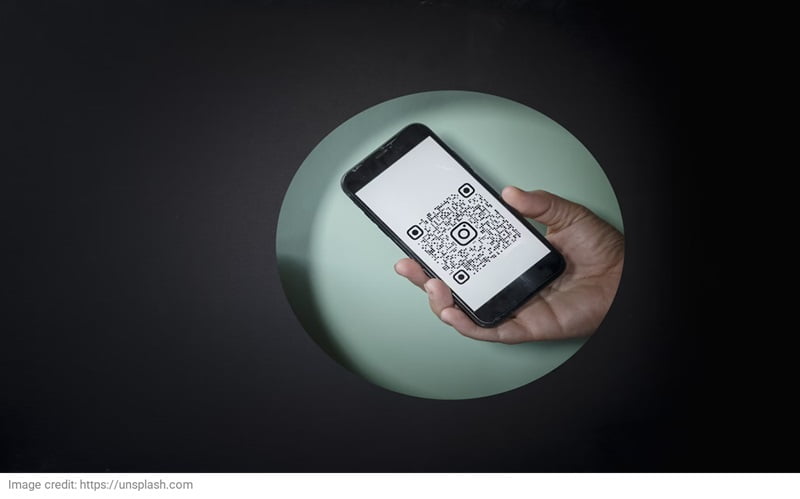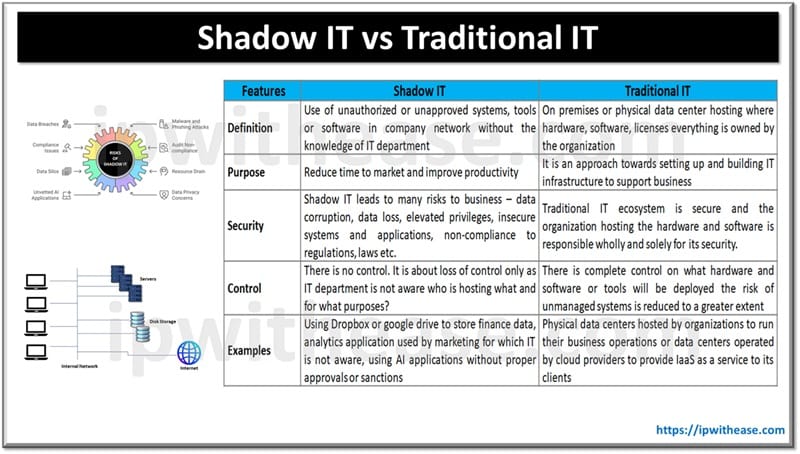Table of Contents
In this era of increased connectivity and convenience in technology, QR codes or Quick Response code are everywhere. From being able to open website links to making payment QR codes have made interactions even smoother. However, security is a concern if not taken into account for this kind of system since it makes things easier.
To be safe from any form of scamming through the use of QR codes, one should be aware and use preventive measures. For example free online platforms that enable users to develop create free QR codes with advanced security features. By remaining watchful and taking precautionary actions, you can walk confidently through the world of QR codes while keeping your personal information secure.
In this blog, we will explore the ways to safely navigate the QR code landscape.

Scrutinize Update Review Educate: SURE Proactive Policy
Quick Response codes offer digital convenience but also pose risks. Follow SURE Policy to prevent security threats:
Scrutinize
To ensure safe usage, first, scrutinize the source of any QR code before scanning it. This will prevent you from falling victim to phishing scams or malware.
Update
Keep the OS and security software up-to-date. This addresses possible vulnerabilities.
Review
Carefully review and adjust the permissions granted to apps on your device. Limit access to sensitive data like location, contacts, and camera unless necessary for QR code scanning.
Educate
Educate yourself on the recent QR code scams.
Mitigating QR Code Scams
Scrutinize URLs
Examine the URL for inconsistencies or misspellings before scanning the code.
Beware of Offers
Unrealistic offers or discounts are a big red flag.
Enable 2F Authentication
This provides additional layer of security.
By adopting proactive security practices and staying informed about potential risks, users can harness the benefits of QR technology without compromising their safety. The widespread adoption of QR codes underscores the importance of prioritizing safety and security. By following best practices and leveraging trusted solutions, users can embrace the convenience of QR technology while safeguarding their personal information against malicious actors.
Protecting Personal Information with QR Codes
QR codes often contain sensitive data, such as contact details or payment information. Safeguard your privacy by:
- Use Secure Payment Apps: When making transactions via QR codes, opt for trusted payment apps with robust security measures. These apps encrypt sensitive data and employ fraud detection systems to prevent unauthorized access.
- Avoid Saving Codes: Refrain from saving QR codes containing personal information on your device unless absolutely necessary. Delete scanned codes from your gallery or files once their purpose has been served to minimize the risk of data breaches.
- Avoid Public Displays: Exercise discretion when scanning Quick Response codes displayed in public places, especially for personal or financial transactions. Its advisable to shield your screen from prying eyes and cameras to ensure no one is monitoring your actions.
To summarize, while QR codes offer unparalleled convenience, they also necessitate vigilance and caution. By adopting proactive security practices and staying informed about potential risks, users can harness the benefits of Quick Response technology without compromising their safety.
Continue Reading:
Managed Security Service Provider (MSSP) – Cyber Security
ABOUT THE AUTHOR
IPwithease is aimed at sharing knowledge across varied domains like Network, Security, Virtualization, Software, Wireless, etc.



